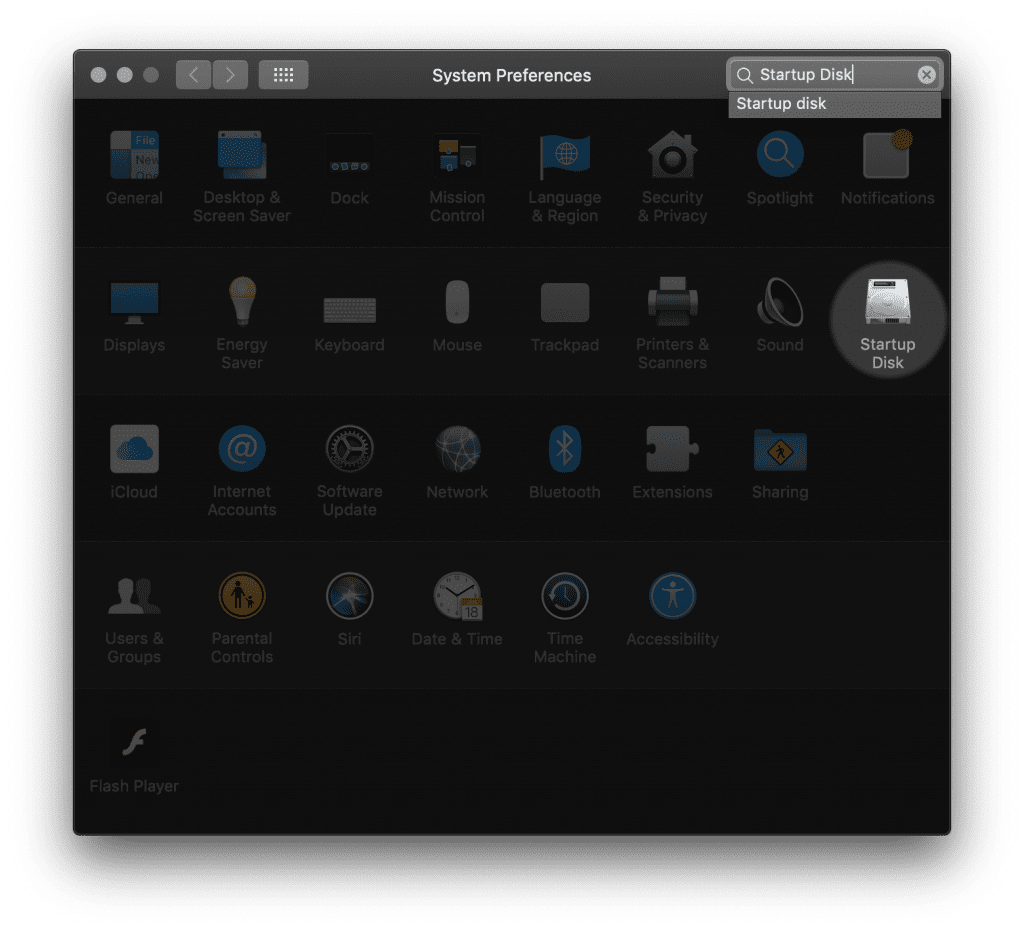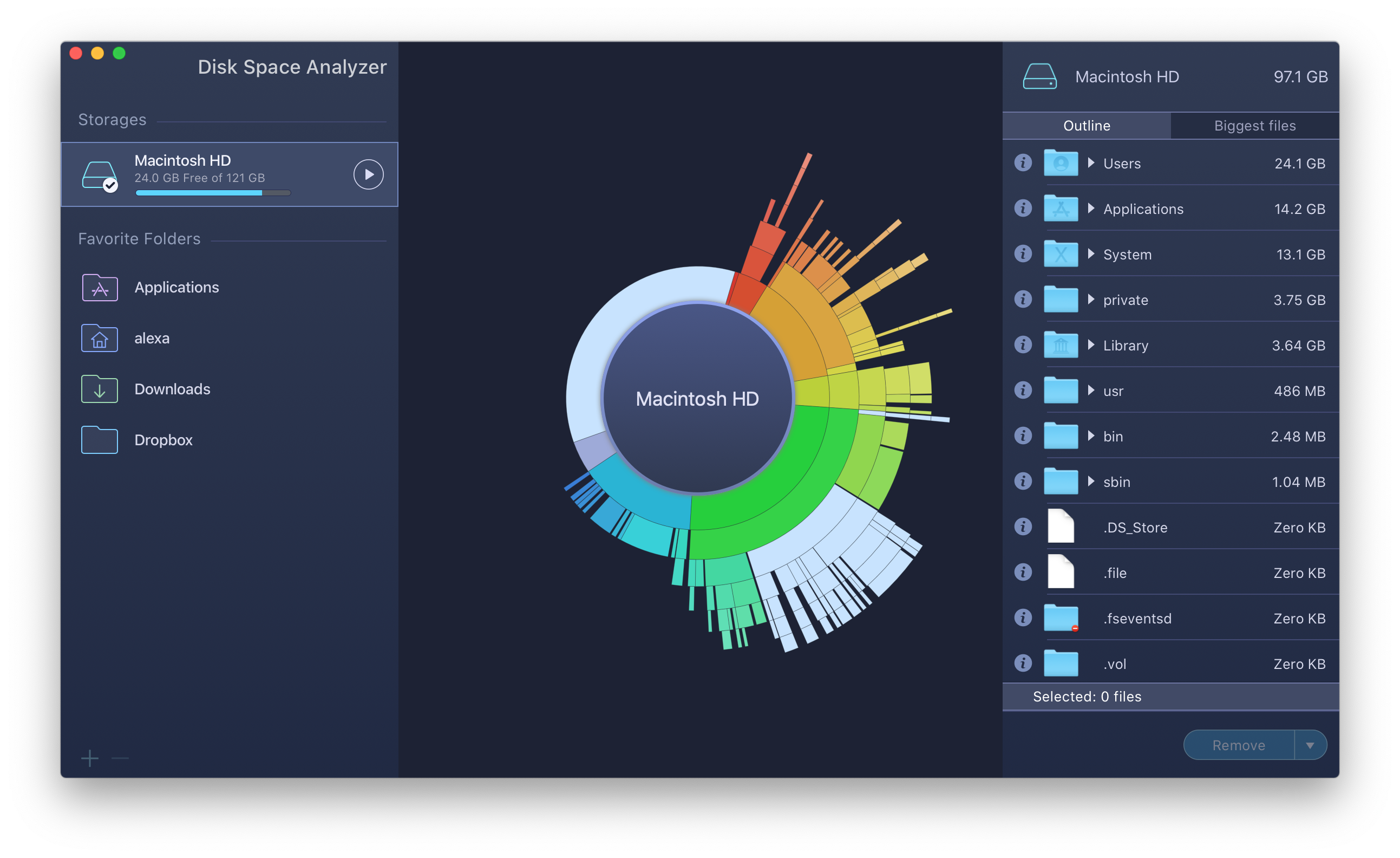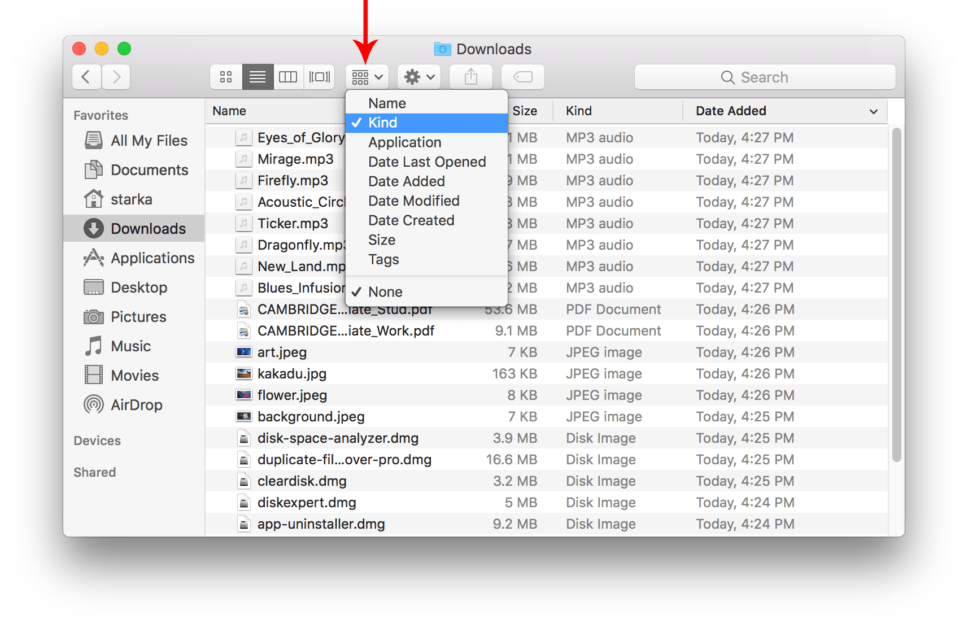
- Mac disk space full how to#
- Mac disk space full archive#
- Mac disk space full full#
- Mac disk space full free#
- Mac disk space full mac#

To delete old backups via Time Machine, do the following:

Move the original Caches folder to Trashĥ.
Mac disk space full how to#
Here's how to delete cache files from the 'Other' category manually: How to find and clear cache in 'Other' on Macĭifferent types of cache files can waste disk space. Review the details of this folder and delete temporary files that you're sure you don't need anymore. The MobileSync folder, for instance, contains old device backups.
Mac disk space full mac#
How to find and get rid of temporary files in 'Other' on Mac Use the following two methods to do this: 1. We recommend you clean temporary files from the 'Other' section regularly to optimize storage and avoid having to deal with a sluggish Mac. These files aren't deleted automatically-instead, they are moved to the 'Other' category. However, after the operating system produces these files, they become outdated really quickly. The macOS system creates temporary files at the launch of any app to perform various vital processes. What are temporary files? Well, macOS simply can't work without them. Delete anything you don’t need Clear temporary files located in 'Other' storage

Next, look for PDFs, Pages, DMG, or CSV files by typing their extensions in the search barĩ.
Mac disk space full free#
Turning on the Empty Bin Automatically option is a great example of how to free up storage regularly. It’s an excellent idea to manage your Trash preferences from here. Have a click around to see how you can optimize your storage. First, you'll see the Recommendations window Use the left-hand panel to access any category. In the Storage tab click the Manage buttonĢ. To get more detailed information on what’s taking up your storage, you can use the advanced macOS tools:ġ. Usually, a major part of the used space is taken up by the 'Other' section-often between 10 and 40 percent of your used disk space. You'll see how much space is being taken up by apps, photos, videos, system files, etc. You may need to wait for the system to calculate these sections first. You’ll see a bar divided into several different colored sections, each representing different storage categories. Here you'll see an overview of all the available storage on your hard drive, along with the space taken up by various file types. To discover what's taking up space on your hard drive (including in the 'Other' category):

These 'Other' files can occupy a lot of disk space-by cleaning out the 'Other' section on our Mac we were able to recover a whopping 26GB of storage! How to check what's taking up 'Other' storage on Mac dmg disk images, fonts, extensions, app plugins, and other files that don’t belong to the categories above.
Mac disk space full archive#
doc, browser caches, voice files, message media files stored locally, system caches, archive files like. To clarify, it might contain the following file types. The ‘Other’ category also includes junk files and personal files. In a nutshell, the 'Other' storage on a Mac consists of different types of files that don't fall into any particular storage category (like videos, photos, music, apps, or mail).
Mac disk space full full#
You can enjoy a one-time cleanup for free, so you can take MacKeeper for a test drive without activating the full version.


 0 kommentar(er)
0 kommentar(er)
